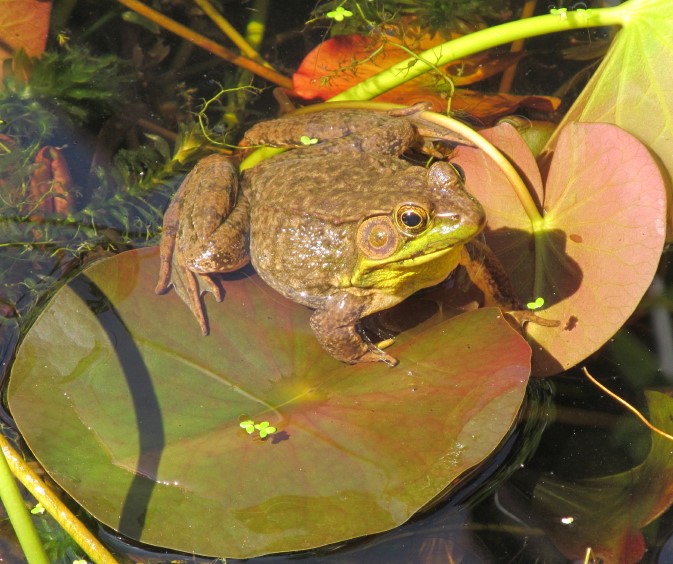Nature News: This Valentine’s Day, Show Your Love to Mother Nature

Marlene A. Condon
NATURE NEWS © Marlene A. Condon
Reprinted with author's permission.
Marlene A. Condon is the author/photographer of The Nature-friendly Garden: Creating a Backyard Haven for Plants, Wildlife, and People (Stackpole Books; information at www.marlenecondon.com). You can reach her at marlenecondon@aol.com.
This Valentine's Day, Show Your Love to Mother Nature
Most people think of Valentine’s Day as a time only for expressing romantic love, but I’ve always thought it was a nice time of year to also show my love for family and friends, especially those far away. Sending a card or e-mail lets folks know you are thinking of them, and who doesn’t appreciate such a caring gesture?
This Valentine’s Day, why not show your love to the natural world, too, by planning a nature-friendly garden? A good place to start is by minimizing the area of your lawn as it doesn’t provide much food, shelter or nesting sites for wildlife.
In its place, consider growing a variety of plants of differing heights and types, such as herbaceous flowers and grasses, vines, shrubs, and trees. Add a bird bath, small artificially created pond, or pan of water and you’ll have created a wildlife sanctuary!
To find out which species of plants to grow, visit your local library. When I wrote my book on this subject in 2006, I was considered a maverick. But since then, people have come to understand the value of nature-friendly gardening and numerous books have been published on gardening with wildlife in mind. There’s plenty of information out there to guide you.
Keep in mind that flowers should provide nectar, a necessary food source for numerous kinds of creatures, from bees and butterflies to hummingbirds. It’s best to avoid cultivars as they don’t always provide this liquid nutrition.
When garden centers put out their blooming plants in spring, walk up and down the rows to look for animal activity among them. Insects provide an important clue to how valuable a plant is because they won’t waste time visiting flowers that don’t provide something for them to eat. And once you’ve gotten your plants home and have put them into the ground, the insects themselves will be a valuable food source for spiders, lizards and birds.
You should also provide woody plants of different kinds that make fruits for bird and mammal consumption. It’s best if you can provide fruits throughout the year. Shadbush (Amelanchier spp.) is a wonderful native tree for late-spring fruits; some viburnums make fruits that mature in summer; Flowering Dogwood (Cornus florida) provides fall fruits; and American Holly (Ilex opaca) fruits are available in winter when other kinds of fruits are long gone.
Evergreen shrubs and trees, such as Virginia Cedar (Juniperus virginiana), are perfect for birds to nest in from spring to fall, and for them to find shelter from weather and predators in winter. Brush piles made from your woody trimmings can also give birds a place to hide from predators, and a place to sleep on cold winter nights.
When deciding which plants to grow, you will need to know how much direct sunlight a plant requires to remain healthy as well as whether its roots prefer dry, damp, or wet soil. The plants you choose to grow must be those for which you can provide the proper environment.